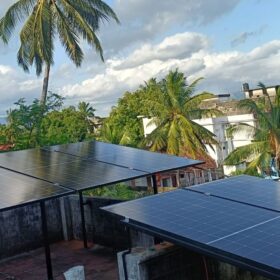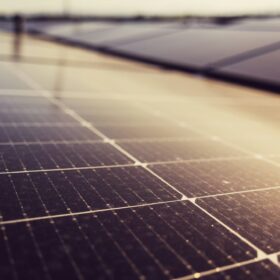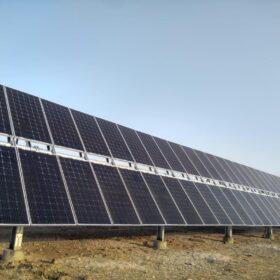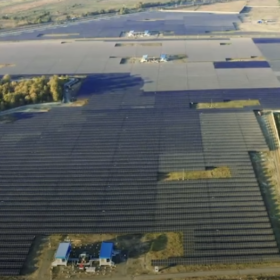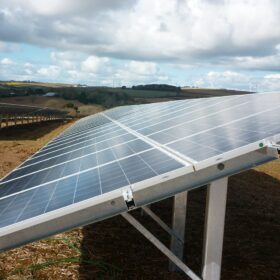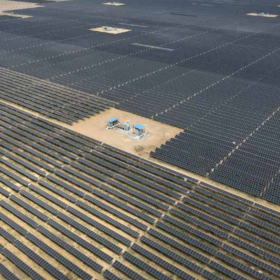RMP Group selects Voltanova’s thermal energy storage solution to decarbonize textile operations
Textile major RMP Group will deploy Voltanova’s thermal energy storage system for its industrial operations.
India installed 3.2 GW of rooftop solar in 2024, says Mercom
Rooftop solar additions of 1.3 GW in Q4 2024 surpassed all previous quarterly installations.
The role of ESG SaaS platforms in accelerating the energy transition
Leveraging artificial intelligence, automation, and real-time data, ESG SaaS (software-as-a-service) systems enable companies to optimize energy use, enable and enhance transparency, and comply with regulatory requirements.
Mitigating risks in new PV technologies
The solar energy industry continues to push the boundaries of efficiency and reliability. However, as innovative photovoltaic cell and module technologies emerge, they also bring a new set of challenges in durability and performance. A new report from IEA PVPS Task 13, titled “Degradation and Failure Modes in New Photovoltaic Cell and Module Technologies,” offers a comprehensive analysis of degradation and failure mechanisms in current photovoltaic technologies.
Colored modules for building-integrated photovoltaics
Taking inspiration from the 3D photonic structures on a Morpho butterfly’s shimmering blue wings, scientists at Germany’s Fraunhofer Institute for Solar Energy Systems ISE have developed colored solar panels that can be incorporated into a building’s exterior practically invisibly while maintaining high efficiency.
Gensol Engineering to sell US arm Scorpius Trackers for INR 350 crore
Gensol Engineering has signed a non-binding term sheet to sell its US arm Scorpius Trackers to a major renewable energy solutions provider in the US.
India needs $300 billion to meet 2032 renewable energy target
Achieving the National Electricity Plan (NEP-14) targets would require annual financing for renewable energy, storage and transmission to grow by 20% each year, reaching $68 billion by 2032 from $13.3 billion in FY 2024, says a new report from Ember.
India added 25 GW of solar in 2024, says Mercom
Large-scale solar installations grew nearly 235% year-on-year (YoY) to achieve record capacity additions.
Inverted to build 5 GWh fully automated battery factory in Rajasthan
Inverted has unveiled plans to establish a fully automated battery plant in Ghilot, Rajasthan, with an annual production capacity of 5 GWh. The 4-acre facility will produce battery solutions for four-wheelers, light commercial vehicles and battery energy storage systems.
Solar sector growth trends and emerging opportunities in 2025
The convergence of policy support, technological innovation, and market demand is set to propel the solar sector into a new era of growth.

